New bleachers bring needed upgrades to Football Stadium
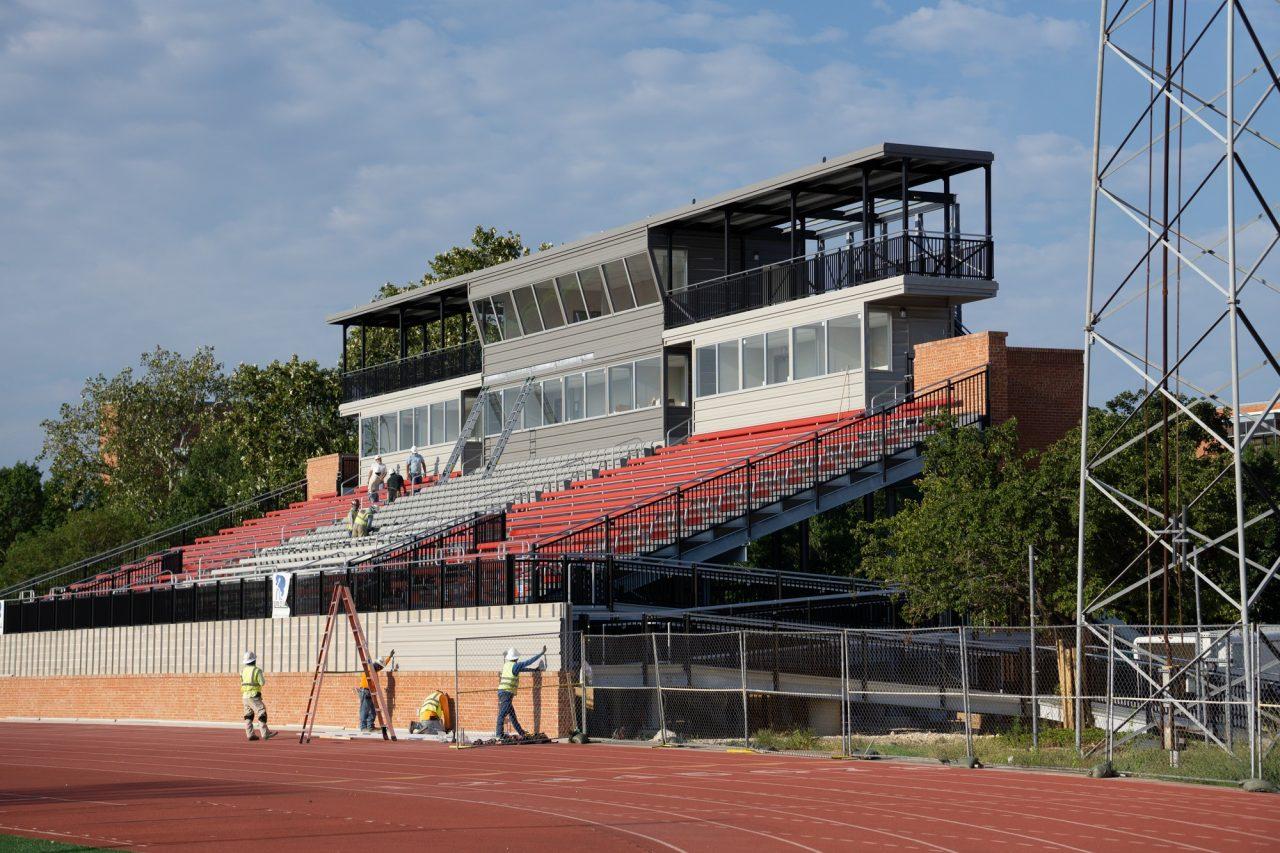
Photo by Kate Nuelle
Trinity’s campus looks very different this fall from last semester, and not just because of the pandemic. Construction of new home–side bleachers at the Trinity Football Stadium continued after the campus-wide closure in March and throughout the summer. The completed structure features Trinity’s iconic red brick and a number of other upgrades.
According to Jim Baker, Senior Director of Facilities Services who headed the stadium project along with Gordon Bohmfalk, University Architect, the new bleachers include a number of upgrades that will bring the stadium up to Southern Athletic Association (SAA) standards. These upgrades include a game operations booth—housing all the necessary personnel to run the game and operate the scoreboard and the clock—as well as two coach boxes.
The two coach boxes—one for Trinity, and the other for visiting teams—were necessary upgrades according to Jerheme Urban, head football coach, who explained that the old boxes posed potential safety issues and did not measure up to SAA standards.
“Our coaches, in the past, were outdoors […] underneath a tarp on top of the press box. They had to go through this kind of old-school, kind of unsafe, vertical manhole and it wasn’t super ideal for them to climb up there, especially, you know, when you’re taking a fifty-pound equipment set with all your headsets,” Urban said.
The visiting team’s coaching box was also open air and under a tarp, but it also had the added disadvantage of a lower vantage point, which violated conference rules.
“So having the new home coaches box, having the equal position with the equal space for the visitors—again they’re elevated, we were able to bring the ground level up, so we could get a better view for all of our fans as well as the coaches—overall, it’s going to have a great impact because the coaches can do a better job,” Urban said.
The renovations also feature new spaces to accommodate press for both the home and away teams, in accordance with SAA standards. According to Baker, these press boxes are housed in subdivided portions of the coach boxes.
“[T]here are two coaching boxes, one for home and one for visitor, that’s to the left and right of the game operations box, and part of the coaching box will be subdivided. Our side will host Tiger Network, and the visiting team’s side will host their own network—some have video, some only have radio,” Baker said.
According to Urban, conference rules state that Trinity is required to provide broadcast space to the visiting team that is equivalent to the space of the home team. In the old setup, this meant that if the visiting team brought their own broadcast crew, they would have the same space at the Tiger Network in the working press box, leading to each broadcast picking up secondary voices and background noise.
The new media broadcast spaces will be an upgrade for the Tiger Network, whose game broadcasts are popular among alumni and parents, and oftentimes utilized by the visiting team. According to Joshua Moczygemba, the co-producer of Tiger Network, the new press boxes will create new opportunities for student staff members.
“Our section of the press box will not only be larger, but climate-controlled, making it possible to have a few announcers (or two socially distanced) work comfortably within the space. The press box levels are also ADA accessible, making it easier for everyone to be in the booth, or on the camera platforms,” Moczygemba said. “The covered camera platforms will shorten setup and breakdown times by having permanently installed connections close by the cameras, which will give us more access to different camera locations. These various locations allot us more viewpoints to cover the games as well as cover sports that we haven’t in the past, such as Track and Field.”
The new bleachers will also impact the overall experience for fans. While there will be increased seating on the home bleachers, the total capacity of the stadium remains the same, according to Urban.
“[You] have to look at how we can get this in, in a very economical manner, to get the best product possible with the funds we have, and that brought into account some city codes; so, we had to keep our total capacity where it was, and so in order to add seats in the home side, to have a students section, and to do some cool things that way, we had to remove it on the visitors’ side,” Urban said.
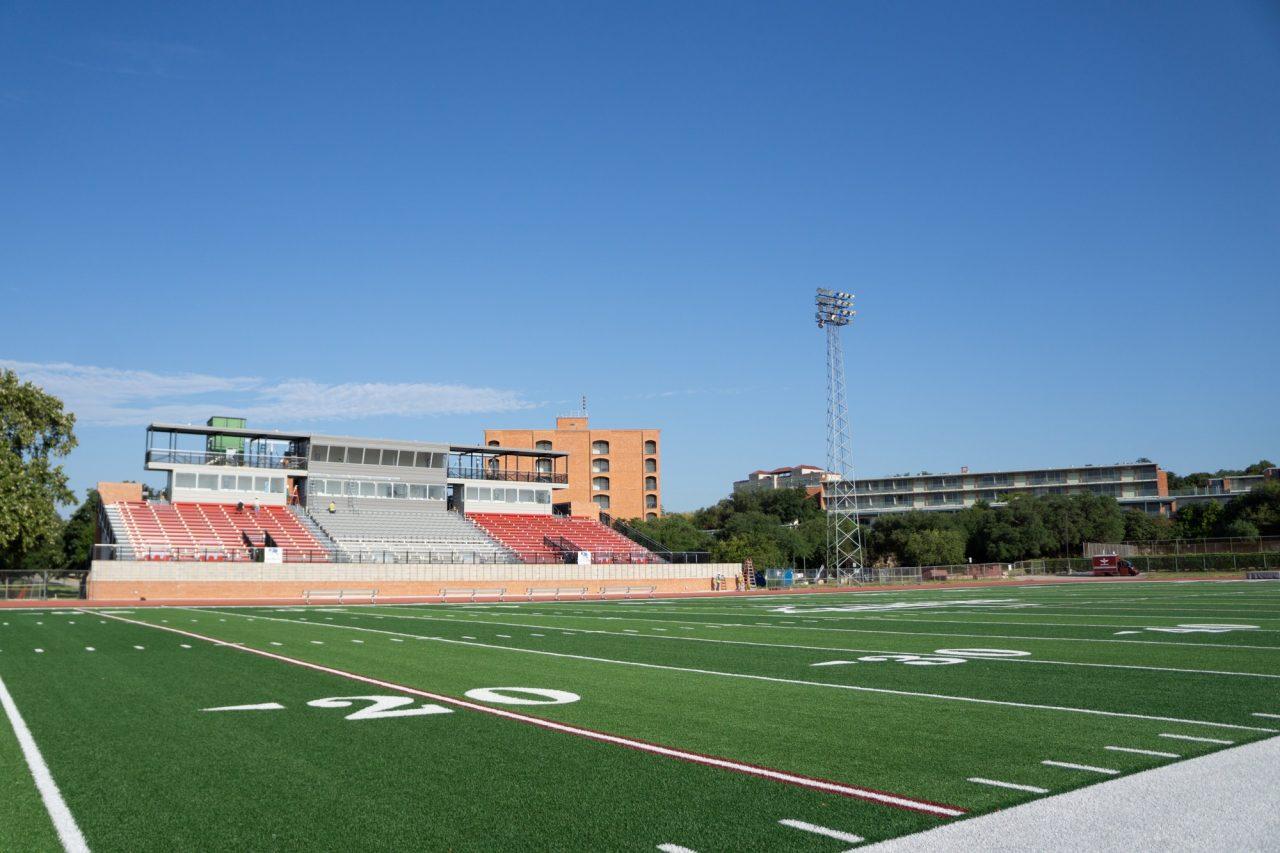
Photo by Kate Nuelle
The changes made to the home seating — which include every seat having a seat back, deeper rows and increased capacity — were made with the fan experience in mind, according to Urban.
“Talking to students across campus, a lot of them have stated, ‘We would like to be at the games, but there’s not a lot of room for the students and there are parents,[so] can we have more space?’” Urban said. “They didn’t want to sit on the visitors’ side.”
The game operations, coach boxes, press spaces and seating all makeup phase one of the stadium project. The budget for this portion of the project was 2.5 million dollars provided by the University.
Phase two of the bleachers refers to the new entertainment suite and roof deck patio above the game operations booth. The entertainment suite was specifically requested by the Board of Trustees during the approval process of phase one for the purpose of hosting special guests on game days, according to Baker.
“I think it’s more of a University function, so if you’re connected to the University — you know, Board of Trustees, Alumni — on select dates you will have access to that level to either watch the game from the patio or inside the entertainment suite,” Baker said.
While no donors contributed to phase one, the money for phase two of the project came from gift money earmarked for the Athletic department from donors, alumni and Board of Trustees members.
After the SAA canceled their fall season, the Tiger football team will have to wait at least another few months to debut their new home bleachers.

My name is Alejandra, and I'm a senior majoring in Neuroscience. I initially joined the Trinitonian as a first-year and worked my way up from a Sports...



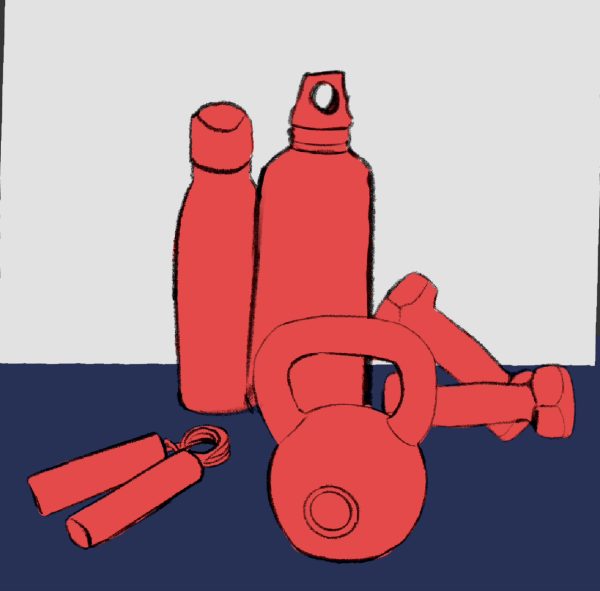
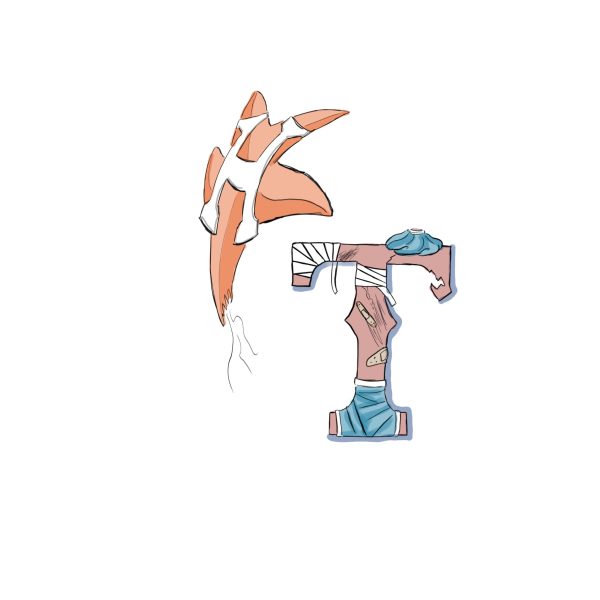
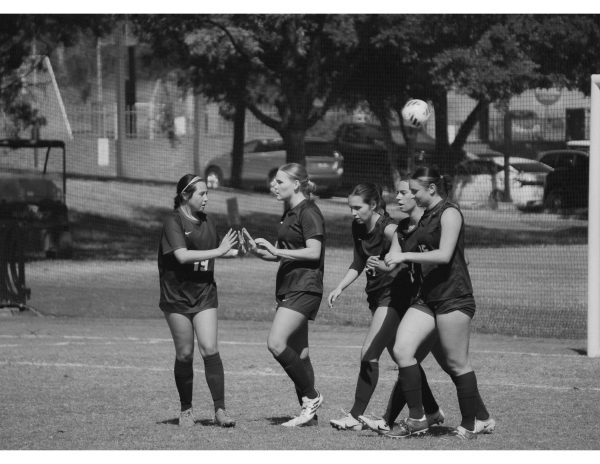

Ron Boerger ('81) • Sep 3, 2020 at 3:17 pm
Long overdue and puts the stadium on par with those available to other students across campus (as well as other campus athletic facilities). Thanks to the University for funding the first phase, and to donors, alumni, and board members for the second, and to Coach Urban for leading the way.
Thank you for this story, Ms. Gerlach.